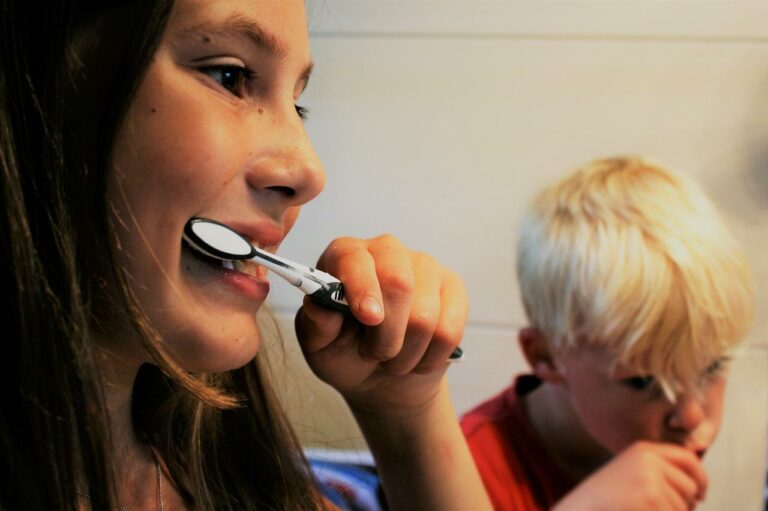The Different Parts of Braces and What They Do
The Different Parts of Braces and What They Do
If you or your child has crooked teeth, you may be looking for a solution. Braces are one of the most common answers to misaligned teeth. Chances are that you’re familiar with the metal brackets and wires that realign your teeth, improve your smile, and better your oral health.
On top of brackets and wires, there are just a few other components involved with the orthodontic treatment. Here’s what you need to know about the different parts of braces.
Basic Components
Bands
Bands are the metal rings that fit around your back molars. Your Las Vegas orthodontist selects bands that will fit securely around your teeth and bonds them in place using dental cement. Bands are designed to anchor the archwires in place.
Brackets
Brackets are the small metal pieces that orthodontists cement to the front surfaces of your teeth. Traditional braces use brackets made from metal, whereas ceramic braces use brackets made of clear or tooth-colored materials.
The brackets have slots in them for the archwires to pass through. Their job is to hold the archwires in place against your teeth.
Archwires
The archwires are responsible for adjusting the teeth. They are thin, metal wires available in different thicknesses. The wires slide into the slots of the brackets and are secured into place.
Once in place, the wires exert pressure on the teeth and slowly move them into a healthier and more aesthetically pleasing alignment. Wires are adjusted or changed periodically throughout treatment.
Ligatures
Ligatures are the small elastic bands that are used to secure the archwires to the brackets. These bands can be clear, but they are also available in a wide array of different colors.
For many younger patients, ligatures are the best part of having braces; younger Las Vegas orthodontic patients enjoy picking colors to express their personalities or celebrate holidays.
Additional Parts
Hooks
Some brackets have small hooks on them. These hooks are meant to hold rubber bands in place.
Rubber Bands
Rubber bands are elastics that may be recommended if you have an overbite or underbite. They attach to the hooks of brackets on your upper and lower teeth and apply consistent pressure to the jaw. The pressure encourages the jaw to move into proper alignment, correcting your bite.
Coil Springs
If you have teeth that are too close together, your orthodontist may add coil springs to your braces. The springs, which are placed over the archwire and between two brackets, work to gently separate the teeth and create more space.
Power Chain
If you have gaps between your teeth, you may be given a power chain. This is a chain of wire or elastic rings that are linked together to form a band between teeth. The chain works to close gaps or keep spaces from opening up where they shouldn’t.
Knowing the different parts of braces will help you understand your orthodontic treatment a little better. If you live in Nevada and are looking for a Las Vegas orthodontist, Dr. Hansen and Hansen Ortho are here to help. We help examine your mouth and assess your situation to determine if braces are the right solution for you. For more information about braces and to schedule an appointment, contact Hansen Ortho today.








